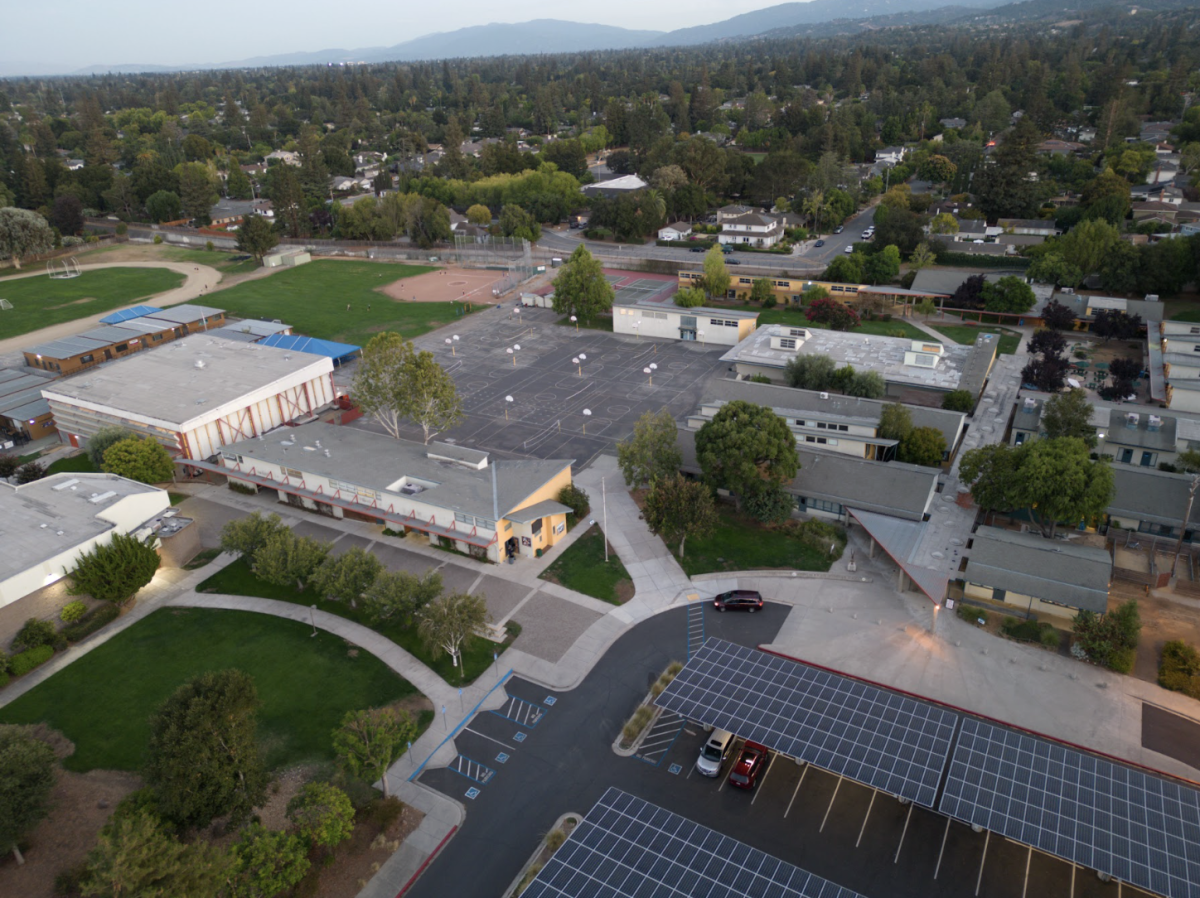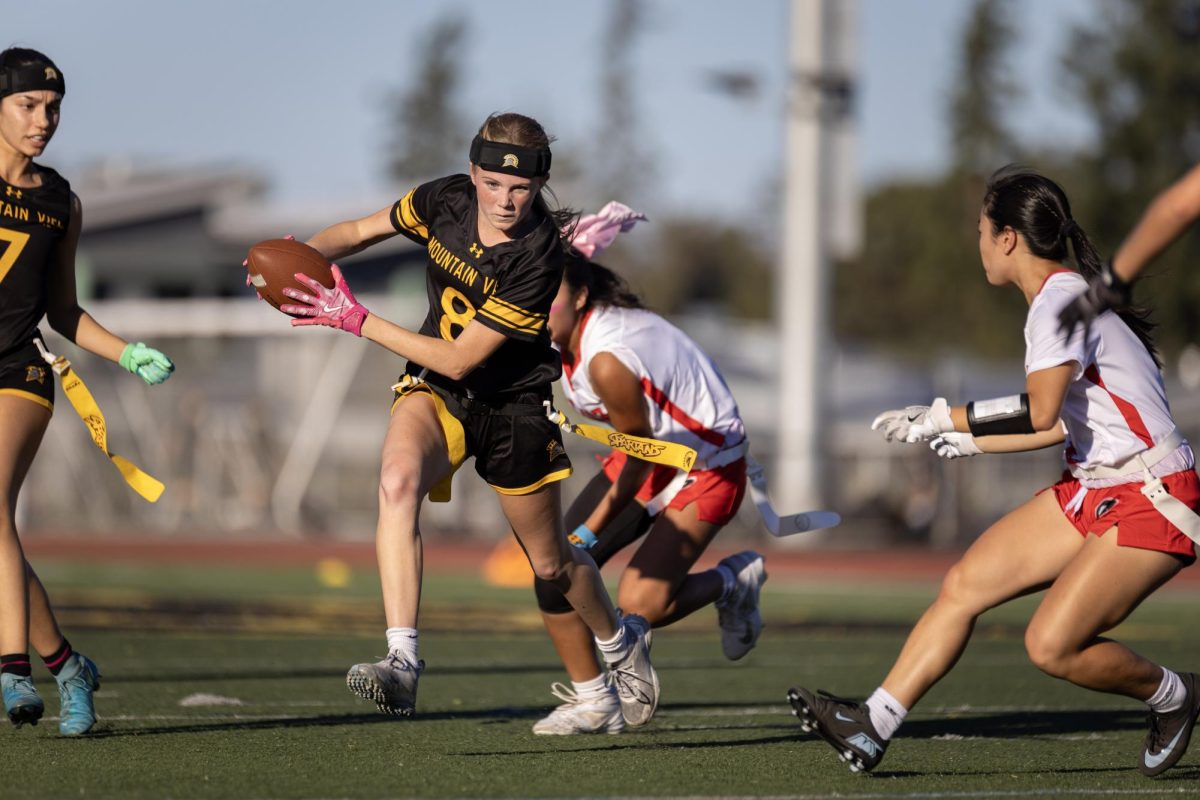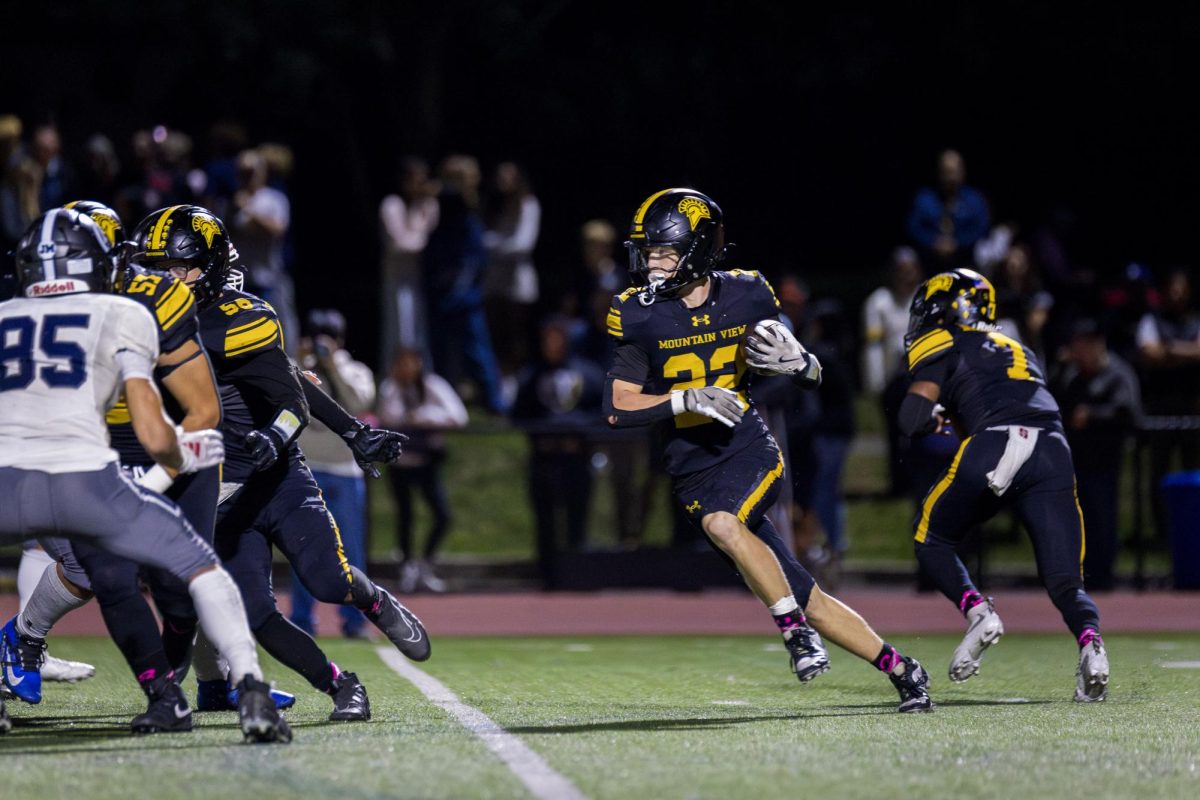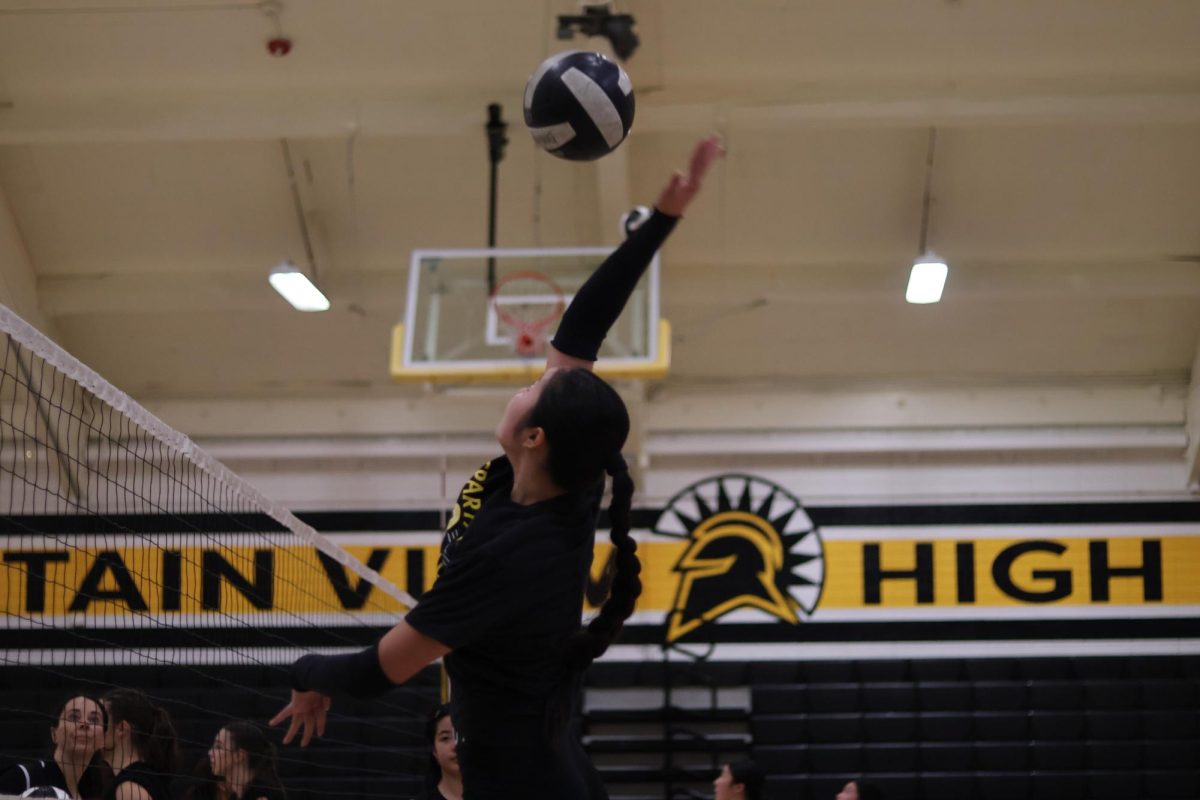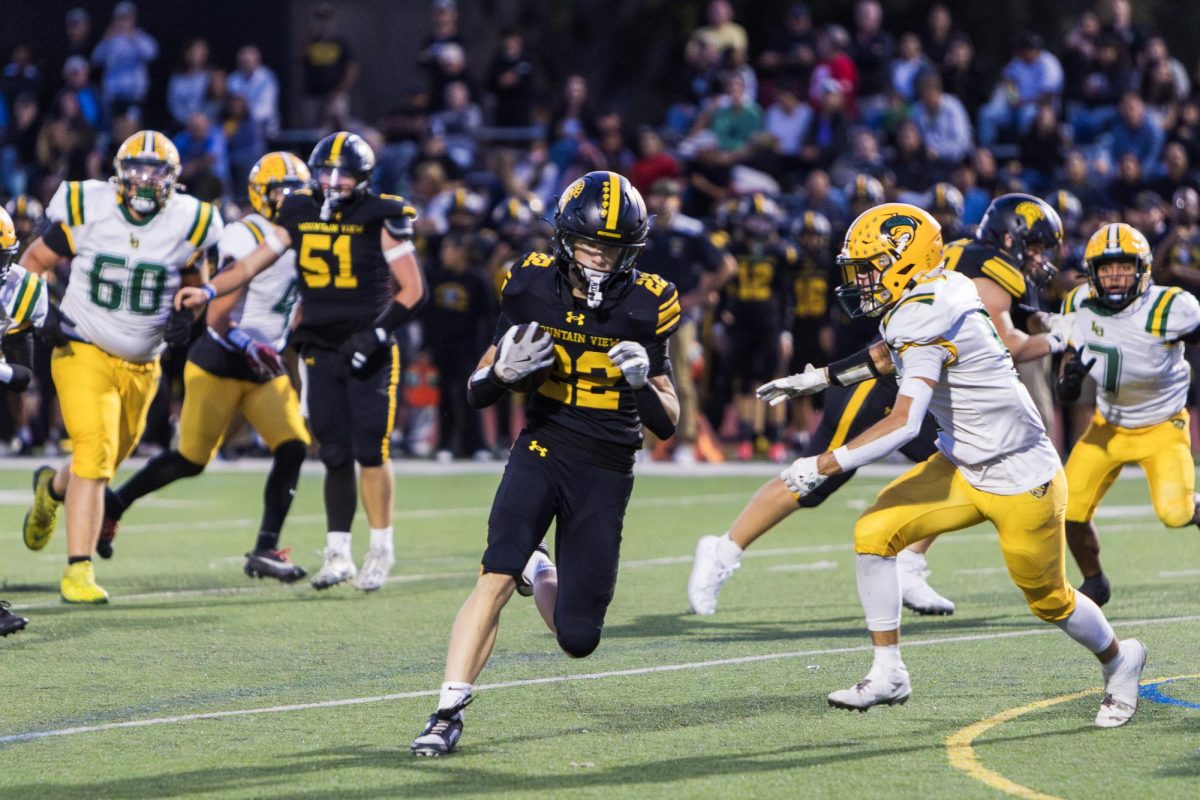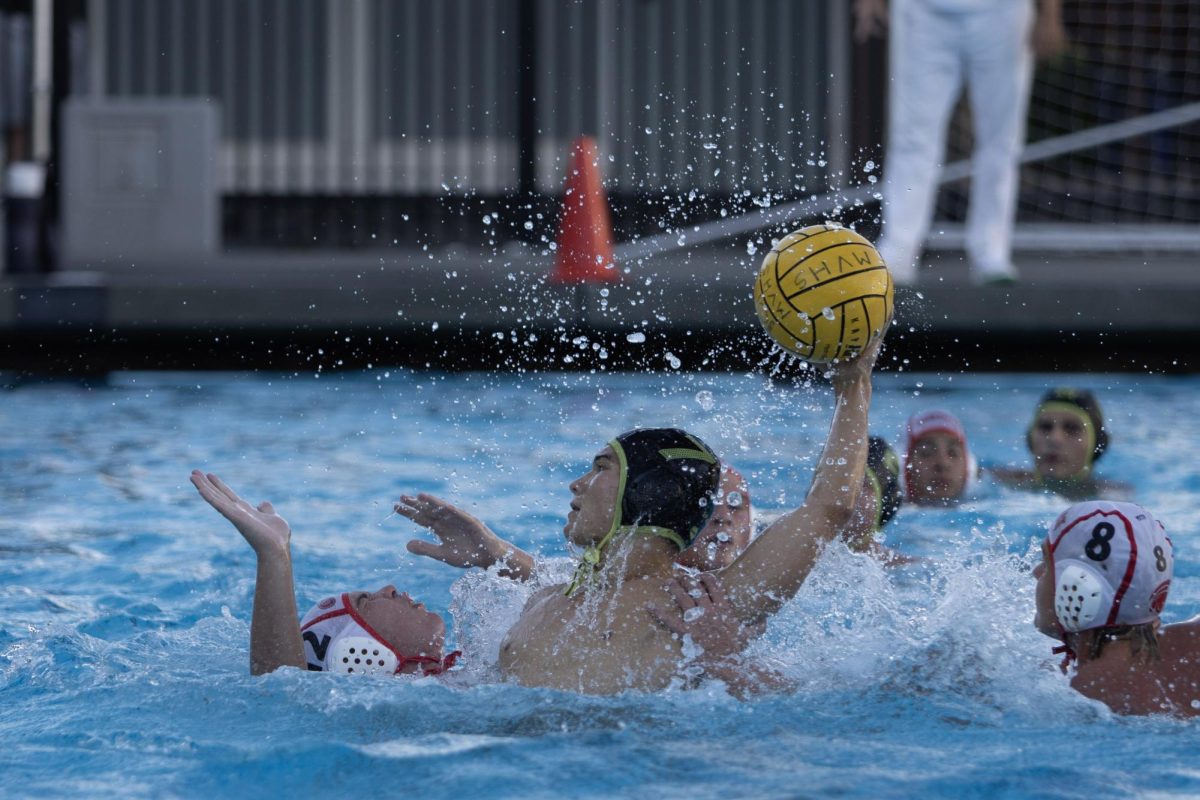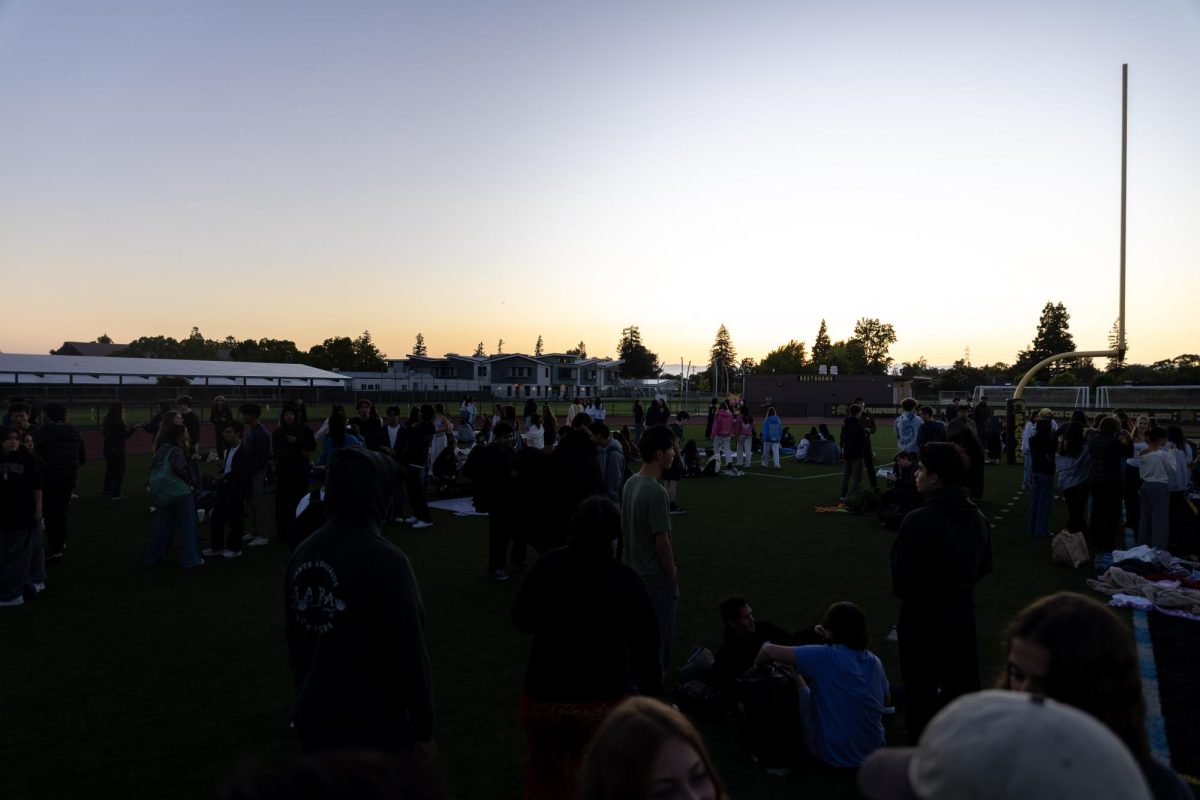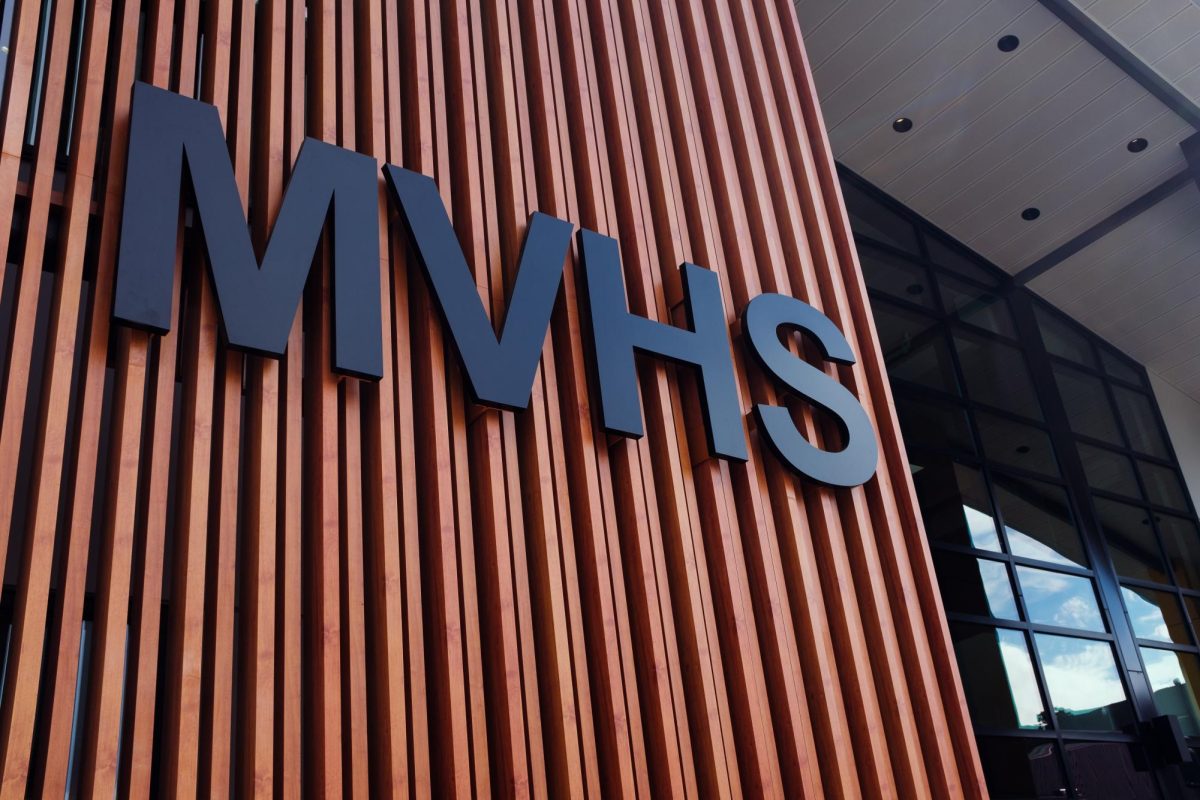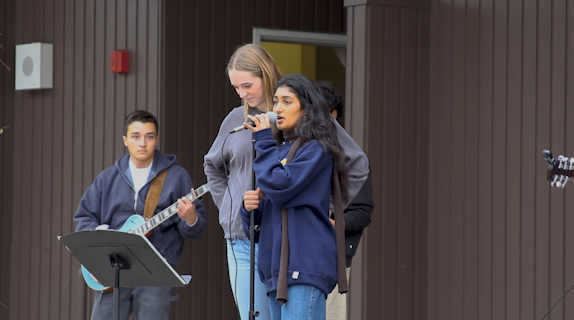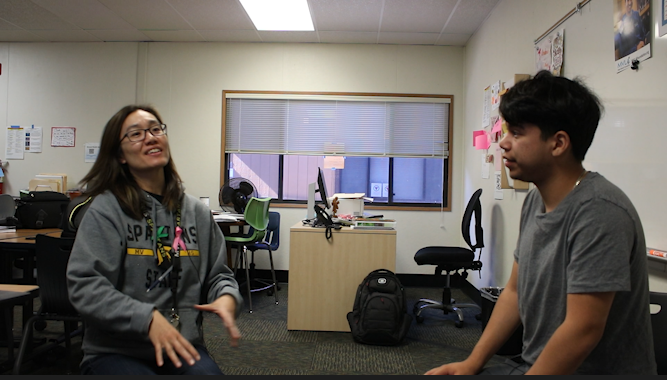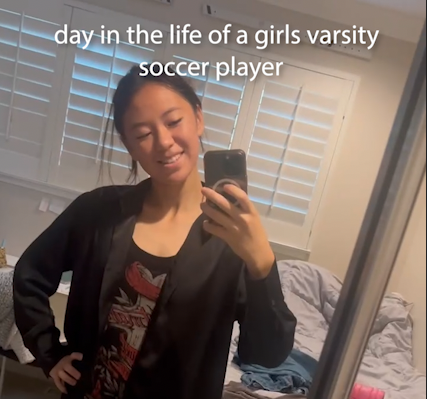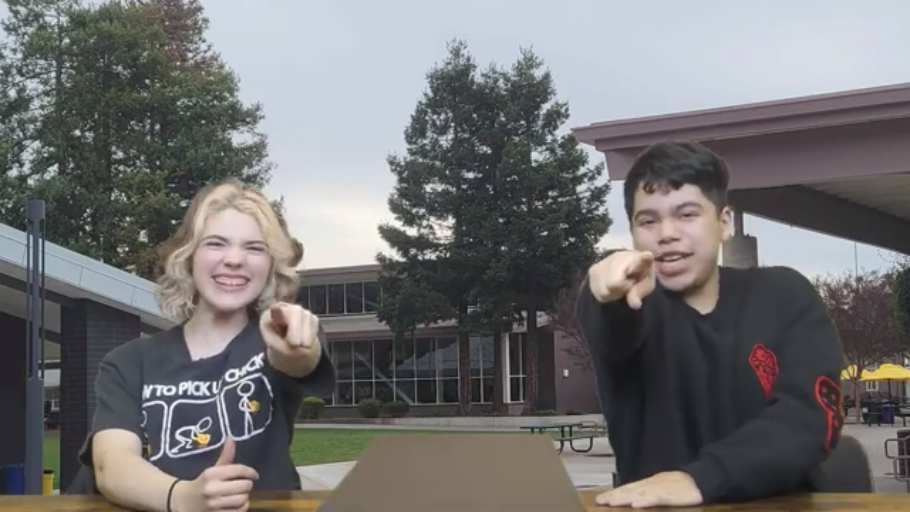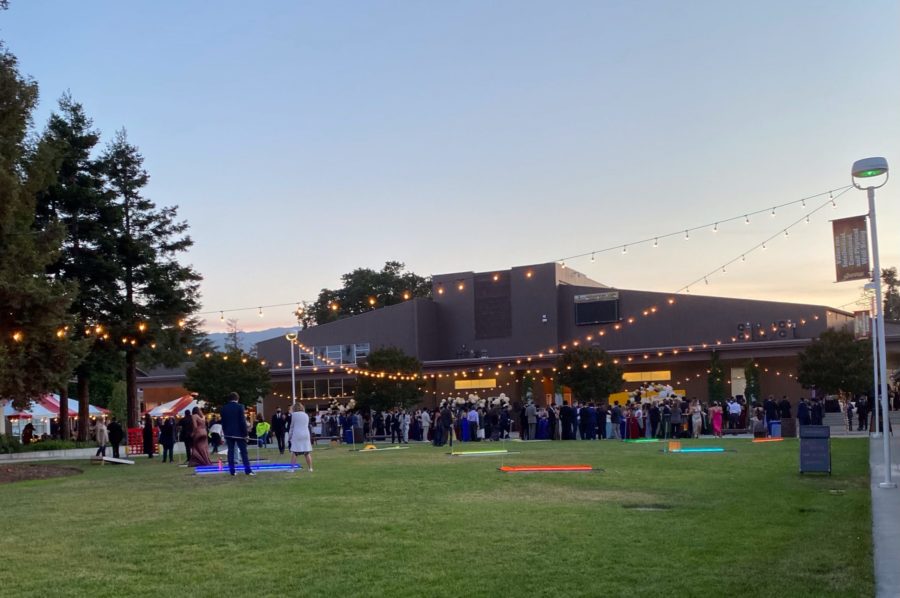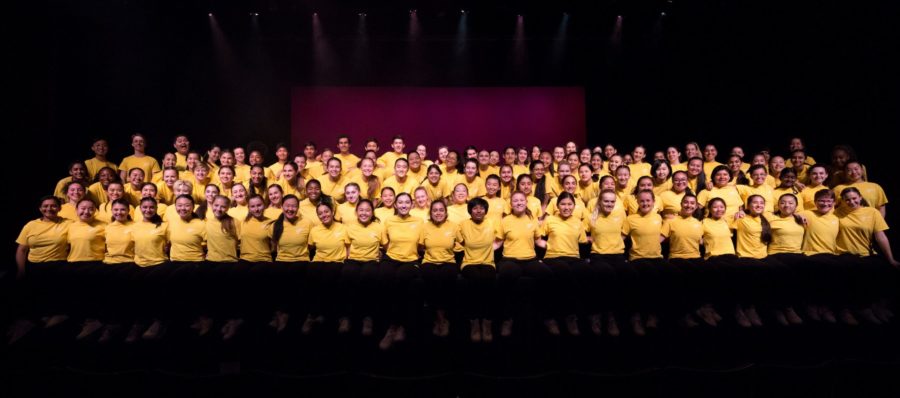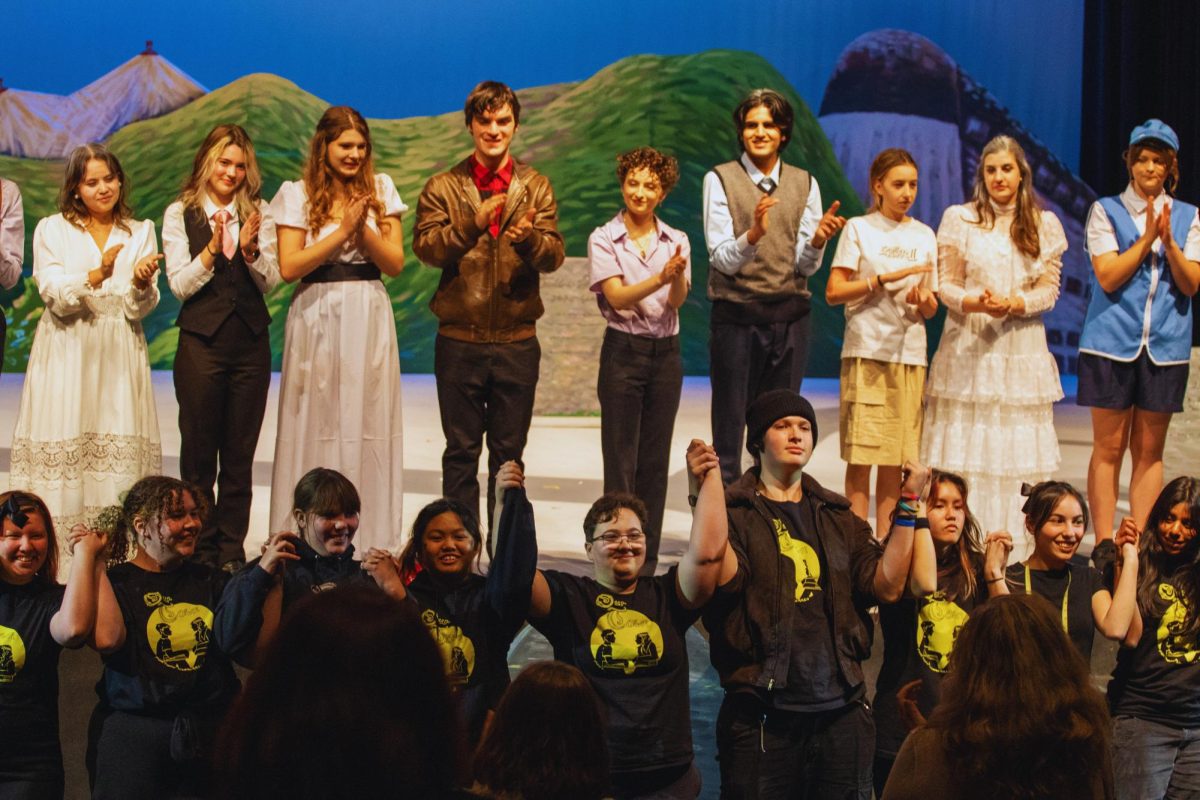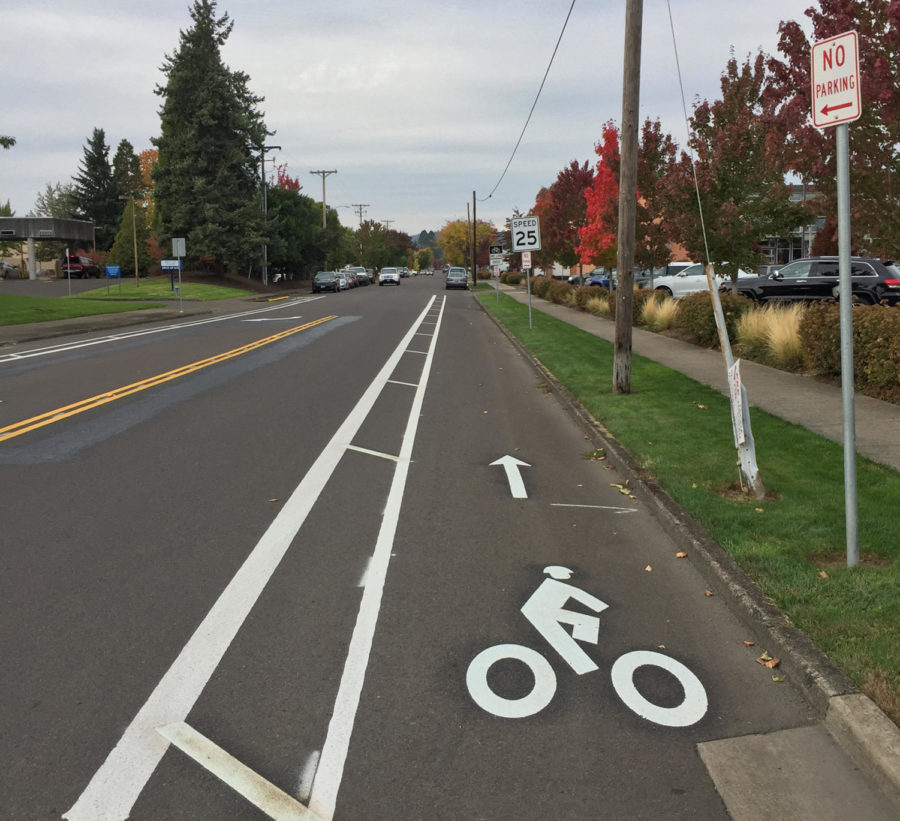In her recent Golden Globe victory for best actress, Sandra Oh ended her speech by thanking her parents in Korean, and then bowing to them. In August, Crazy Rich Asians and To All The Boys I’ve Loved Before took the movie scene by storm, both featuring Asian Americans in lead roles.
The rise in Asian American representation in the mass media has been widely praised as a major step forward among the Asian American community. However, it is also important that we understand the deeper significance of having Asian American representation in the media to promote a future pop culture that accurately reflects the diversity of its community.

As a half Japanese and half Chinese American, I grew up lacking figures in the media who I could associate myself with. My facial features were abnormal compared to those seen as images of beauty, and the food I ate with my family was something that always came from take out boxes rather than the steaming pots and pans in my kitchen.
When I did see Asian Americans take the big screen, they were often split into stereotypes. My community was depicted in movies and TV shows as a genius who lacked social skills or a recent immigrant whose accent was accentuated, neither of which I can identify with. Although I had Asian American role models within my own community that I looked to for inspiration, the lack of accurate Asian American representation was discouraging. It is difficult to “dream big” when there is little proof that those dreams are possible.
In UCLA’s Hollywood Diversity Report 2018, Asian Americans make up only 3.1 percent of lead film roles and five percent in broadcasted scripted roles. In cable scripted roles, that number drops to 2.6 percent.
Considering that Asian Americans, excluding Native Hawaiian and other Pacific Islander, make up about 5.5 percent of the US population, according to the U.S. Census Bureau, the amount of Asian American representation in the mass media is staggeringly low. Despite the rise of #AsianAugust and figures like Sandra Oh, Asian Americans are still left out of the main scene.
Likewise, Asian American authors and narratives featuring Asian American characters are uncommon in English curriculum. This year, however, in AP Literature, I read Everything I Never Told You by Celeste Ng, a novel about a half Chinese, half white family and their struggle with conformity. Through this novel, I was able to see myself and my family through the characters and through their story, something that was unchartered territory until this year. The name of the foods was familiar and their struggle was relatable and for me, that was empowering. It created a sense of normalcy and comfort that was unparalleled in the other books I had read in previous english courses.
Similar to the feelings evoked from Everything I Never Told You, I feel the same sense of empowerment from the media that includes accurate Asian American representation. Whether that’s watching Crazy Rich Asians with an all Asian group who rented out a theatre to celebrate the all Asian cast, or seeing myself in the awkward ways of Lara Jean in To All The Boys I’ve Loved Before, I can relate on a different level to these characters and to these stories. Seeing my own life and family creates a sense of community unlike any other. Not only am I connected to the characters and their stories, but also to the larger Asian American audience. To be unified in that sort of way is inspiring and motivating.
Current representation of Asian Americans is indeed lacking. However, what little there is of it, is meaningful and important not only to me, but to the wider Asian American community. It is vital that our media accurately reflects the diverse population of our country. To do so starts with supporting movies, television shows, and sporting events that accurately reflect the Asian American community and add additional materials into English courses to feature more Asian American authors. We need to break down stereotypes, not only in our own lives, but also in the media we consume.

